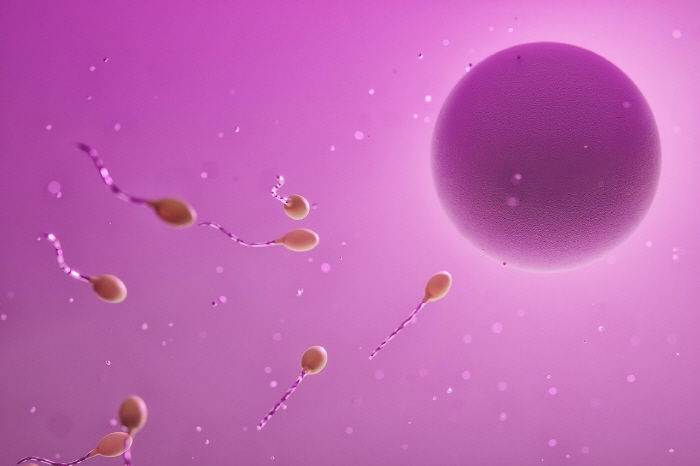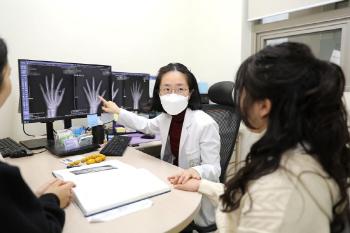Anamnesia couple got pregnant after 18 years with AI technology...It's like finding a needle in 10 football fields
|
IVF failed repeatedly because her husband was 'anomaly', but this time, thanks to AI technology, the couple is able to conceive for the first time.
According to the New York Post and other foreign media, Columbia University's Center for Reproductive Medicine in New York City in the U.S. `AI technology has given new hope to men with atypia.'" he said.
Anamorphosis refers to the fact that sperm is rarely visible when the semen is examined. It is so thin that even when observed under a microscope, the sperm is not visible.
It is found in 1% of men and is known to be found in 10% to 15% of infertile men.
There have not been many options offered to patients with atypia. The only way to find the sperm was to receive an anonymous sperm or to find it directly through painful testicular tissue collection surgery.
Dr. Zeb Williams of Columbia University pointed out the limitations of the existing method, saying, `Even if the semen looks normal, it is often full of cell debris under a microscope.'
In response, Dr. Williams' team applied an AI algorithm for astrophysicists to find stars and planets in space, and developed 'STAR System (Sperm Tracking and Recovery).
STAR analyzes more than 8 million images in an hour with high-resolution imaging technology, through which AI detects sperm.
In one sample, conventional embryologists did not find sperm for two days, but STAR also found 44 sperm in just one hour.
Finally, Dr. Williams' team used the STAR system to present pregnancy to a couple who had been attempting various ways to have a child for 18 years.
With the STAR system, three sperm were found in semen samples from her amygotic husband, and those sperm were immediately used for IVF. Fertilization was completed within 2 h of collection, and embryos were transplanted into the uterus a few days later.
"Imagine finding a needle hidden among thousands of haystacks scattered across 10 football fields in less than two hours," Dr. Williams said. "This is the level of precision and speed that the STAR system provides."
He is also a technology that has been used to find life in space, to create new life on Earth"We can now give hope that it is a possibility to many men who have been asking us to give up our biological children."
Currently, the couple is due to give birth in December.
The cost of sperm detection and cryopreservation in the STAR system is about $3000 (about 4.1 million won).
Columbia University said several patients are currently in the 'Organization Bank' stage using STAR technology.
However, there is also caution among experts.
Robert Branigan, president of the American Society of Reproductive Medicine, pointed out that the outlook is bright, but as with all new medical technologies, sufficient data and verification are needed.
This article was translated by Naver AI translator.




